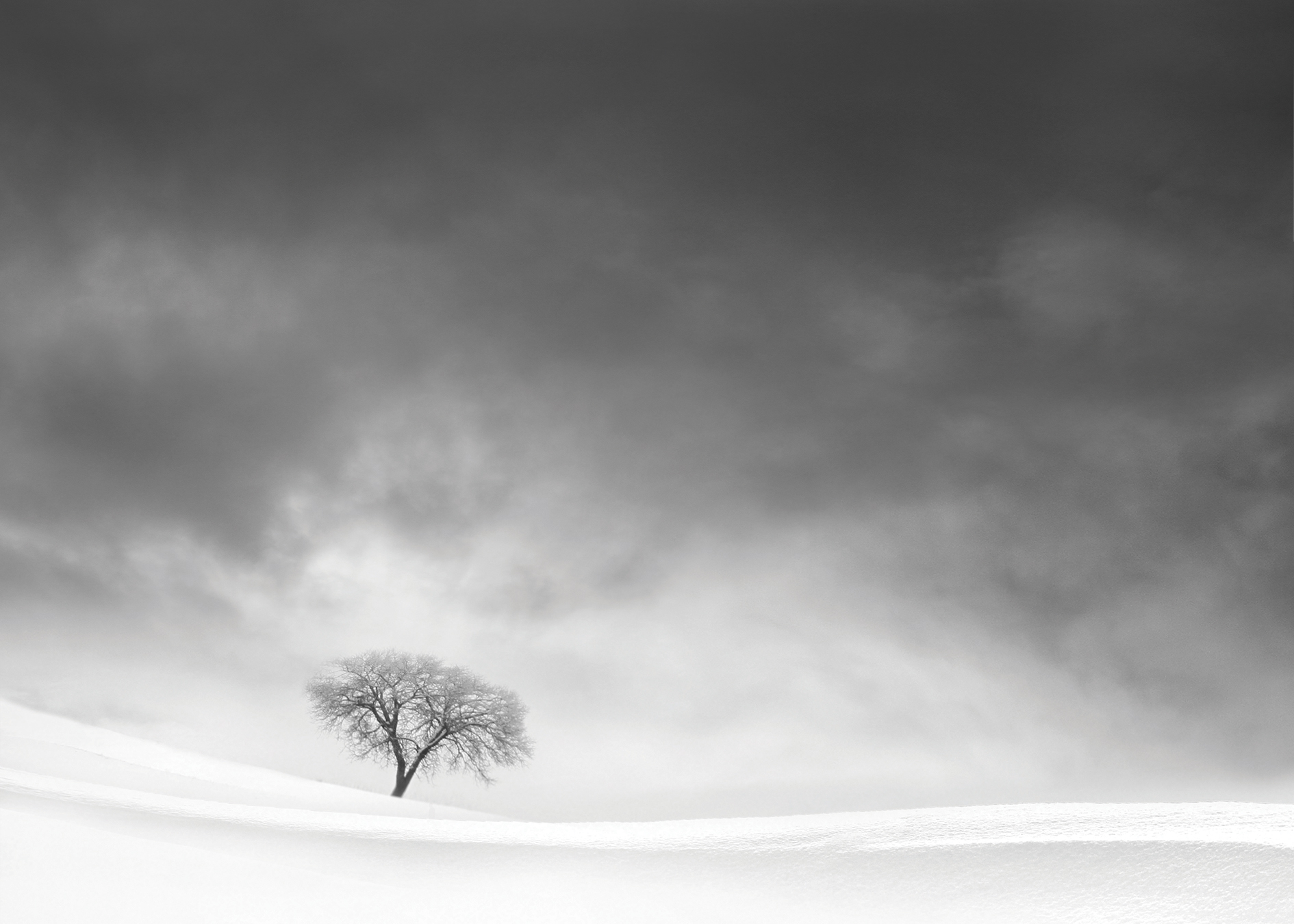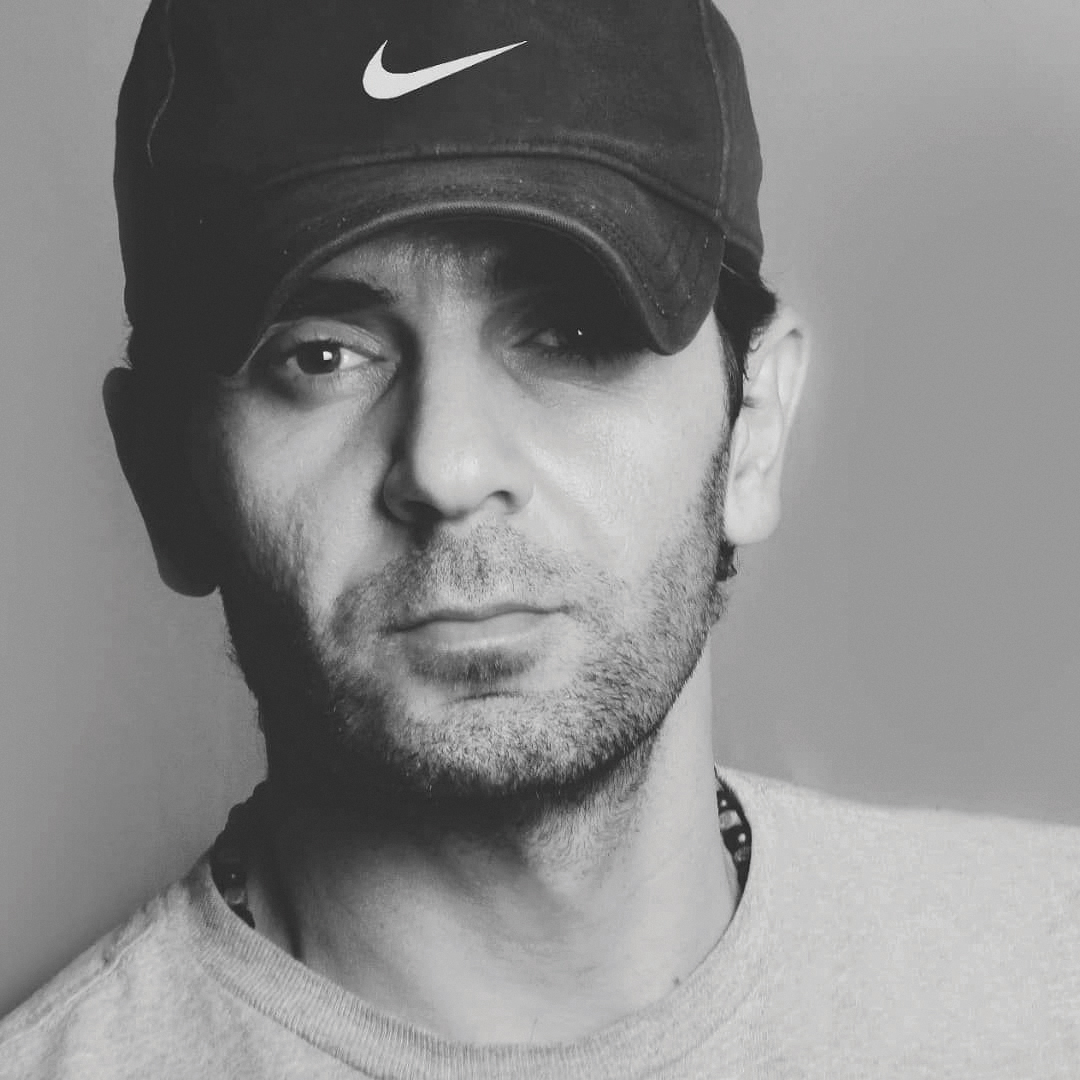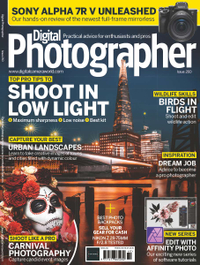I get inspired by the charm of minimalistic landscape photography
Photographer Mostafa Nodeh shows to capture the beauty of simplicity at its best

1. Color reduction
The transformation from color to a black-and-white image has a dramatic impact on the visual appearance. It means that the viewer isn’t distracted by bright colors and, instead, the focus is on the structure and texture. “One of the characteristics
of a good photograph is its feeling and effect on the viewer,” says Mostafa. Here, this black-and-white image transports the viewer’s feelings and takes them into another world. With the color almost fully reduced, the different elements in the photo are contrasted visually and the tree stands out even more.
2. Focal point
Mostafa opted for one of photography’s most common and effective methods for focusing on the main subject, the rule of thirds. Imagine two horizontal and vertical lines dividing the picture evenly into three parts and intersecting at a total of four points – the composition is often at its best when the subject hits one of these points. “I try to place the main subject of the photo as much as possible on the intersections, so that the composition captures attention, directing the viewer’s gaze to the subject,” Mostafa says.
3. Negative space
In terms of its size, the tree is the smallest element in the photograph, but it is also the most significant. It is enhanced by the wide background, which provides a negative space that artfully highlights the tree. “The combination of clouds in the background makes this a simple monotone photo,” Mostafa says. The structures of the clouds are reflected in the outer elements of the tree, creating an interesting interplay, while the extensive background gives the overall image a surreal effect.
4. Austere simplicity
The photograph radiates a sense of calm and opens up an expanded view of an image that no longer seems to be quite real. “To me, minimalist photography is an art, in the same way that artists learn how to omit the extra elements that seem to be essential in everyday life,” Mostafa says. By reducing the image and concentrating only on the key elements, they are depicted in their essence. Mostafa has twisted the concept of time and space, offering the viewer room for speculation and further imagination.
Tech details

Camera: Canon EOS 7D Mark II
Lens: Canon EF-S 18-135mm f/3.5-5.6 IS USM
Aperture: f/10
Get the Digital Camera World Newsletter
The best camera deals, reviews, product advice, and unmissable photography news, direct to your inbox!
Shutter speed: 1/400sec
ISO: 100

Mostafa Nodeh is a self-taught photographer based in Guilan, on Iran’s Caspian Sea coast. He is known for his captivating minimalist landscape photographs in black and white, which are inspired by conceptual photography and rooted in themes, ideas and symbolism.
Others in the Why Shots Work series
- Urban street photographer reveals his candid capture secrets
- Photographer tells story of getting up close and personal with a python
- Discover four key elements that make this stunning photo a success
- The 4 photographic decisions that take this motorsport shot to the next level
- Photographer tells story of his amazing shot of wallabies fighting on the beach
This article originally appeared in Digital Photographer, a monthly magazine, and the kitbag essential for pros, enthusiasts, and amateurs alike!
Inside, you'll find practical guides, shooting tips, and techniques from working photographers, plus all the latest industry news.

Kim is the Staff Writer on Digital Camera World, and formerly Technique Editor at Digital Photographer, focusing on the art and science of photography. With a Master’s degree in Photography and Media, she is driven to educate through an analytical approach, visually and technically. With her guides and tutorials, Kim seeks to uncover new facets of this time-honoured medium and foster a deeper understanding of its profound role in culture. Kim highlights topics that resonate with modern society, including women in photography and critical issues such as environmental conservation. She also discusses and reviews camera gear, giving you an overview to find the best fit for your photography journey.

